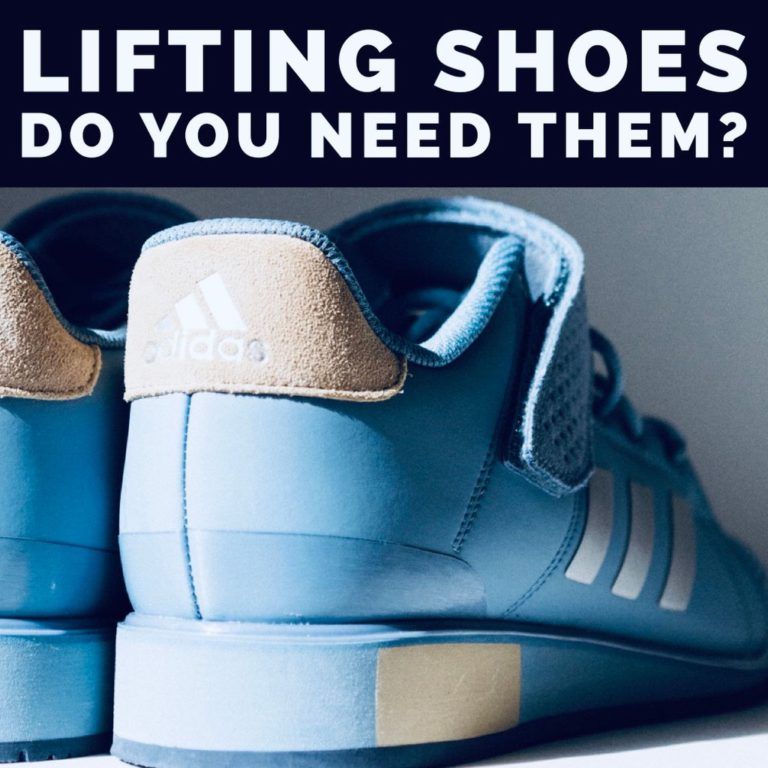Lifting shoes – Do you need them?
– First things first – Q. What are lifting shoes?…. Essentially a raised heel.
Common Issues Squatting / lifting relating to the foot/ankle?
- Poor global depth / ROM
- Foot turn out
- Heel lift
- Collapsed Arch
- Excessive torso lean
What do lifting shoes encourage?
- “Increased” Pseudo Ankle Dorsiflexion position (They don’t change the actual Joint ROM)
- Less foot turn out potentially
- A more upright torso
- Decreased sheering forces on the spine (from better disc stacking)
Amazing right?…. BUT
The drawbacks?
- A job of short hip rotators is to create torsion at the bottom of the squat to stabilise and orientate the pelvis in a optimal position, the spine then sits on top of this base in more upright / stacked posture. Lifting shoes reduce the active need for this physical quality or motor pattern. What tends to happen is you achieve a well extended posture without proportional muscle tension to stabilise. This is not ideal as we want stability as the foundation to apply and control force from.
- Are we simply ignoring some underlying physical issues that lifting shoes mask? (like mobility and stability). Along the same theme, are we making people stronger & more powerful in excess of what their bodies can control in a different environment- like running, jumping and landing without their special shoes.
Conclusion
I think to navigate the pros v cons you have to ask Is the end goal to simply perform the squat / lift? Or is the lift a tool for developing physical or athletic qualities?
If it’s the former then wear them & benefit from them, but consider implementing exercises and strategies alongside their usage to still develop the physical qualities they could be buffering. I’m not saying don’t wear them or stop using them, just try to cover all bases for maximal physical benefit.
If it is the latter then would you, your client or athlete benefit more in the long run from developing their squats and lifts without them, in the context that the lift is a tool, not the absolute objective.
Whichever camp you’re in I think it’s important in the long run that we teach and harness peoples ability to squat, lift and move with an active non-collapsed arch at the foot. You don’t have to go barefoot or always avoid lifting shoes, but these biomechanic basics should be checked.


